Category Archives: Trees
Native Florida Trees (With Pictures) – Identification Guide
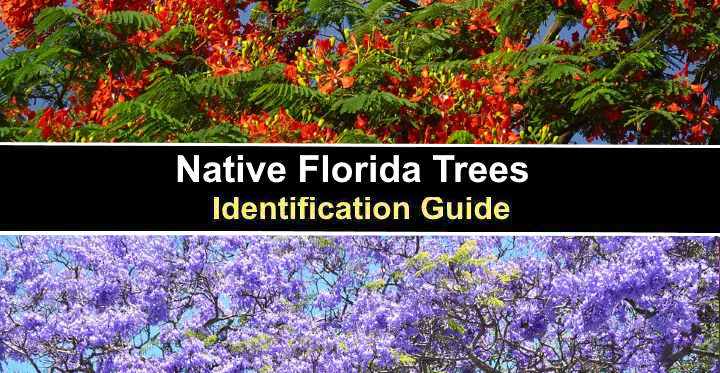
Native Florida trees are hardy trees that thrive in the diverse climate of the Sunshine State. Many species of trees native to Florida include pine trees, oak trees, cypress trees, and a wide range of deciduous trees. Trees that grow well in Florida must tolerate constant sunshine, high humidity, and salty coastal air. In addition, Florida’s climate of mild winters in the south and freezing winter temperatures in the north brings additional challenges.
Types of Manzanita Trees and Shrubs (With Pictures) – Identification Guide
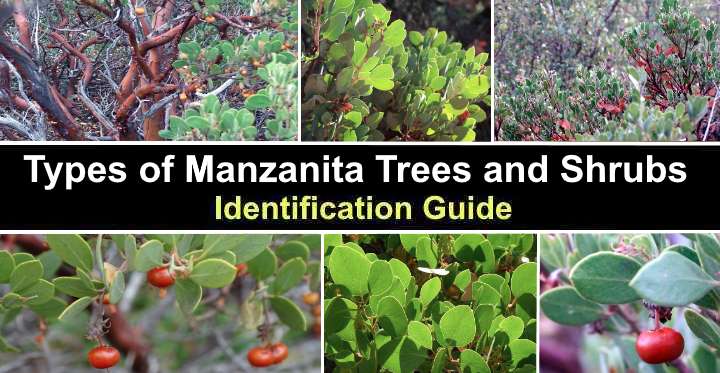
Manzanita trees and shrubs are attractive flowering plants with eye-catching red bark. The small ornamental trees or shrubs bloom with bell-shaped pale pink or white flowers. However, the most attractive feature of the evergreen plants is the distinctive reddish-brown or mahogany bark covering twisted, gnarled branches. Small manzanita trees or compact bushes can grow as tall as 20 ft. (6 m) tall or be ground-hugging decorative shrubs.
Boxelder Trees: Types, Leaves, Bark, Fruit (With Pictures) – Identification Guide
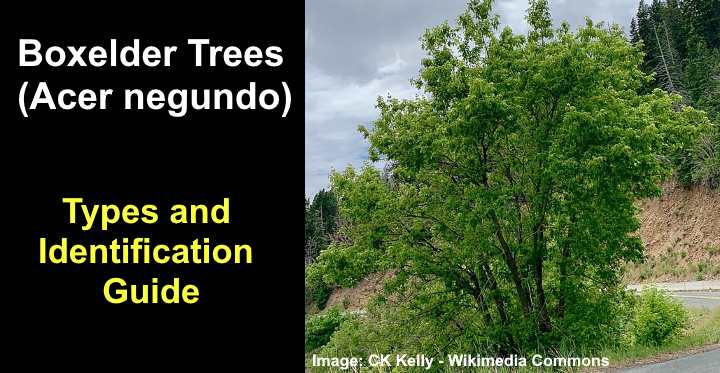
Boxelder is a deciduous, broadleaved, medium-sized tree with a broad, irregular crown and rounded shape. Its identifying features are bright green lance-shaped ovate leaves with serrated margins, winged seeds called samaras, and dark brown ridged bark. Unlike other trees in the genus Acer, boxelder leaves are pinnately compound, with three to seven leaflets on a petiole.
Rowan: Trees, Berries, Flowers. Leaves, Bark – Pictures and Identification Guide
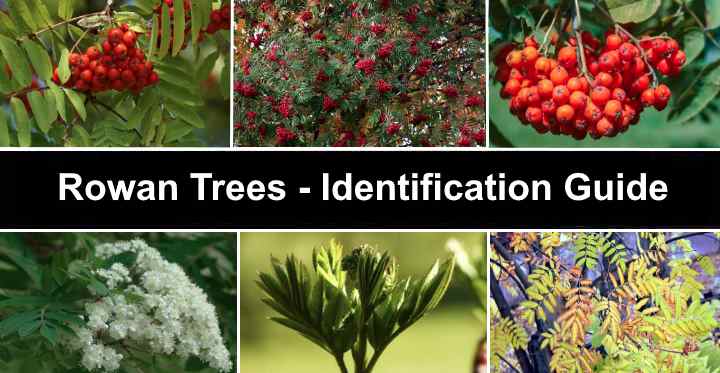
The rowan tree is a small ornamental flowering tree with an attractive crown consisting of pinnately compound leaves. Rowan trees are known for their showy clusters of white spring flowers followed by colorful orange or red berries appearing in the fall. Cold-hardy deciduous rowan trees are found throughout North America and Europe.
Texas Palm Trees (With Pictures) – Identification Guide
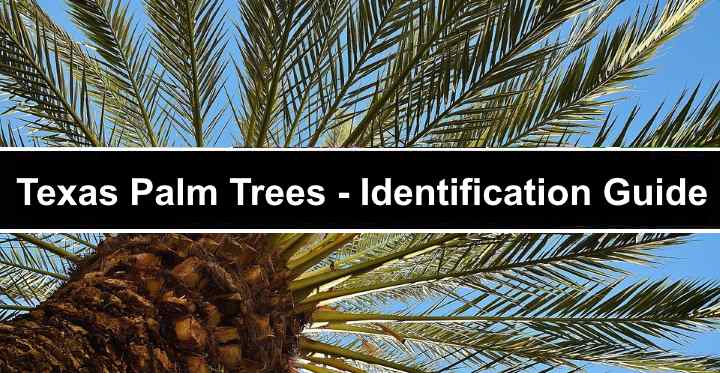
Growing palm trees in Texas isn’t only for the subtropical climates around the Mexican Gulf, Corpus Christi, Galveston, or San Antonio. Several species of cold-hardy palms thrive in North Texas, Dallas, Fort Worth, and even the Texas Panhandle. Texas palm trees range from the native sabal palm and dwarf palmetto to the tall, elegant palms like the Mexican fan palm and the queen palm tree.
Cold Hardy Palm Trees (With Pictures) – Identification Guide
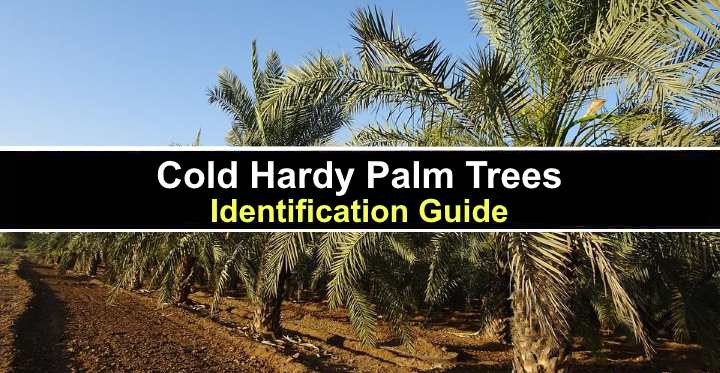
Cold-hardy palm trees are ideal for planting in a landscape that gets occasional freezing temperatures and some snowfall. Growing cold-hardy palm trees can add a touch of the tropics to your garden landscape. In addition, the elegant trees with their graceful leafy fronds are typically easy to grow. They can significantly enhance your yard’s aesthetic appeal. Therefore, you don’t need to live in a tropical or subtropical climate to grow elegant palm trees in your yard.
The Best Potted Palm Trees For Outdoors (With Pictures) – Identification Guide

Growing a potted palm tree can add a tropical touch to your garden landscape. Many small, dwarf, and miniature palm trees are suitable for growing in containers. Living in tropical or semi-tropical climates allows you to grow potted palms outdoors throughout the year. In temperate climates, you can take the palm tree pot outdoors during the summer season and overwinter it indoors.
Ironwood Tree: Facts, Leaves, Flowers, Bark (Pictures) – Identification and Care
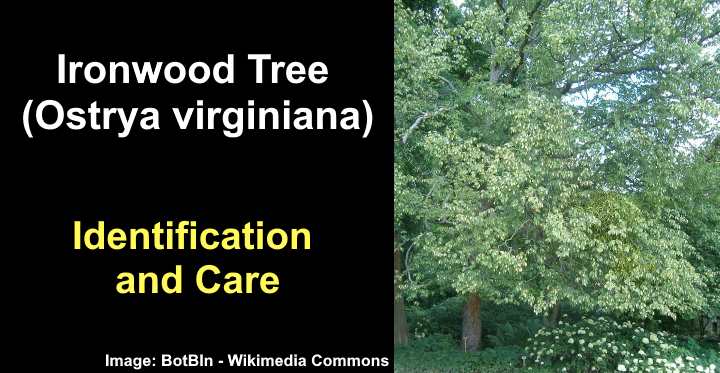
The ironwood tree (Ostrya virginiana) is a small deciduous understory tree. It is identified by its birch-like leaves, light brown shaggy bark, and yellowish-green flower clusters. Ironwood trees are attractive in the landscape with a pyramidal, rounded crown and their ability to grow in almost any location. As an understory tree, the ironwood performs well in deeply shaded conditions, and it also grows just as well in full sun.
Royal Poinciana (Flamboyant Tree): Flowers, Leaves (Pictures) – Identification
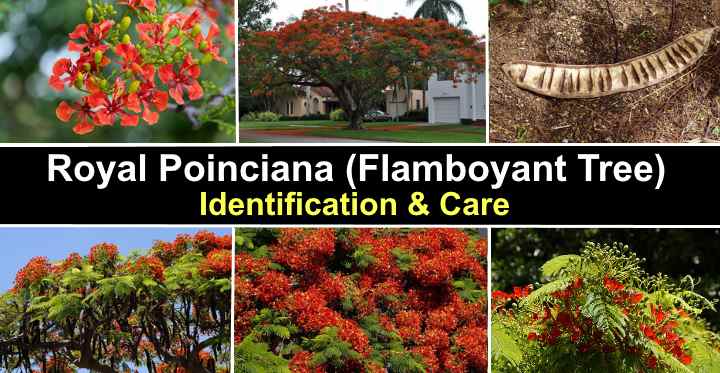
Royal poinciana is a stunning flowering evergreen tree that blooms with masses of showy red-orange flowers in late spring and early summer. Also called the flame of the forest, flamboyant tree, or flame tree, the royal poinciana is known for its fern-like leaves, spreading umbrella-like canopy, and attractive mahogany seed pods.
Types of Pine Trees in Florida (Pictures) – Identification Guide
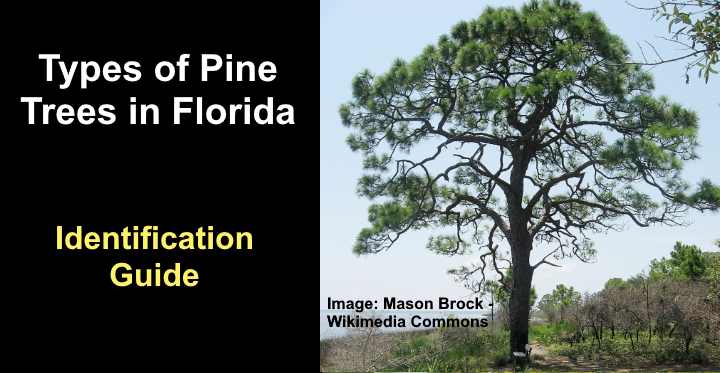
Many species of pine trees grow well in Florida’s unique climate. Pine trees are typically cold-hardy coniferous trees, known for their evergreen pine-needle foliage and hardiness in freezing temperatures. Despite this fact, some pine trees in Florida thrive. For example, the longleaf pine, shortleaf pine, loblolly pine, and spruce pine are found throughout the Sunshine State.
